When UTSA Film and Media Studies hosted its very first student movie premiere in May 2023 at the Santikos Palladium, it felt like a big deal. Sure, there weren’t dozens of photographers temporarily blinding the actors with their flash bulbs, but the event had a red carpet, free swag and student filmmakers dressed to the nines. Most importantly, it had the same buzz as any major Sundance or SXSW film premiere — that unmistakable, electrifying energy that you were witnessing something special before everyone else.
And like any ballyhooed film premiere, dozens of people had to be turned away. Every seat in the Palladium’s largest auditorium was occupied 10 minutes before the event: some by the Film and Media program’s students and their guests, but also by many in the public who were eager to see what this very young program was all about.
Glenn Martinez, dean of the UTSA College of Liberal and Fine Arts, provided opening remarks memorializing the importance of the night, but also the program’s role going forward. “There is an effort to make a Latino Hollywood here in San Antonio,” Martinez said, and the UTSA students staring back at him would be a key driver in the city’s effort to expand its film and entertainment scene.
Martinez wasn’t simply setting out to inspire those Roadrunners in the Santikos seats. He was conveying a widely-held hope that UTSA students would help replenish the talent pipeline in the 210. As the San Antonio Film Commissioner, Kimberly LeBlanc helps connect all sorts of media productions with filming locations, permits, funding and crew and vendor support on a daily basis. She knows about the city’s talent gap in this space all too well.
“What we have in San Antonio is a little bit of a chicken-or-the-egg situation where we need more large-scale projects to come and realize what an incredible filming destination San Antonio is. But at the same time, they need the film crew and vendor support to be more robust to make those commitments,” LeBlanc explains. “So, the continued growth and development of UTSA’s film program is a huge piece of the puzzle.”
San Antonio has recently become more film-friendly than ever before. Two bills signed by the Texas Legislature in May 2023 raised the statewide filming grant to an all-time high of $200 million, which was a significant jump from the $45 million earmarked in the previous session. San Antonio additionally boasts the most competitive film incentive in the state, offering projects in the eight-county area around the Alamo City 7.5% back on their spending. Needless to say, an influx of talented and well-educated UTSA film students are arriving on the scene at a highly opportune time.
“UTSA’s Film and Media program has really come right out of the gate like a rocket,” LeBlanc says. “It’s actually been one of my favorite pieces of news to share with other folks in the industry here in Texas and out of market when they ask, ‘What’s going on?’ or ‘What’s new in San Antonio?’ or ‘What should I be paying attention to?’ It’s just such a joy to talk about this program.”
The word is certainly out. In August 2023, the UTSA University Career Center hosted a roadshow in Los Angeles for members of the Hispanic Serving Institutions (HSI) Career Collaborative, a consortium of 14 HSIs across the country with Latino-majority student populations. While there, senior leaders from the UTSA Career Center networked with employers such as Google, Riot Games, the Academy of Motion Picture Arts and Sciences and Netflix. The hot topic was UTSA’s burgeoning Film and Media Studies program.
UTSA’s delegation was warmly welcomed to Netflix’s L.A. headquarters on Sunset Boulevard. Throughout the trip, UTSA faculty Sean Kelly, Paul Ardoin and Guillermina Zabala Suarez introduced employers to UTSA’s Hispanic Student Film Incubator. Launched in the fall of 2022, the incubator ensures that students from all backgrounds are supported as they pursue great opportunities as filmmakers and content creators.
“We’re one of only three Tier One universities in the entire country with a film program that is majority Hispanic,” says Ardoin, associate professor of humanities and director of UTSA of Film and Media Studies, “so we’re really well-positioned to help diversify the pipeline and the kinds of stories that are being told.”
Ardoin adds that several major players in the entertainment industry — from Netflix to Disney — have expressed interest in UTSA’s momentum as they seek new professionals and interns.
In November, early talent recruiters Kristina Angeles and Gaby Flores-Sanchez of Warner Bros. Discovery embarked on their first-ever trip to Texas to spend a day at the Main Campus with students and faculty from the UTSA Film and Media Studies program. They introduced a packed classroom to the WBD internship program and provided them with tips to bolster their applications and interview skills before getting to know more about the students and answering their questions. Both recruiters say they were blown away by the lively dedication that radiates throughout UTSA’s program.
“We were both really impressed,” Angeles says. “It was just really nice to see how engaged and passionate these students are. This is supposed to be a young program that’s growing, but you could have fooled me because everyone in the room had great questions, they were engaged and they were taking notes.”
Angeles and Flores-Sanchez are specifically interested in working with the nation’s top HSIs because media and entertainment companies like Warner Bros. Discovery have historically received fewer applications from graduates of those universities. They say that breaking away from the usual suspects in California and New York to foster a relationship with a promising program like UTSA’s was both a rare treat and a gratifying experience.
“A really great benefit from us coming to UTSA — which, by the way, we loved and we hope this is the beginning of a beautiful partnership — is that we know amazing talent exists everywhere,” Angeles says. “We want to make sure we’re not overlooking these students and that we’re giving them the opportunities they never thought they could have.”
While the paths for UTSA’s Film and Media Studies graduates to make their mark in Hollywood are widening, the immediate career opportunities for these Roadrunners in San Antonio are exponential. Quite simply, there has never been a higher demand for high-quality video content. Ardoin could rattle off an endless list of folks in the San Antonio area who have reached out to him seeking video support from UTSA film students and alumni, whether it was the Alamo Bowl needing additional hands, transformer companies and police departments wanting to create new recruitment videos or the National Parks Service developing multimedia content to increase Hispanic engagement at their parks.
With this need in mind, UTSA has taken a practical approach toward Film and Media Studies that balances a traditional cinema education — think film history, culture and theory — with hands-on learning experiences in editing, screenwriting, photography, documentary filmmaking and digital media production.
“Rather than chase the next Hollywood blockbuster, which most film schools of my generation would have done,” says Kelly, director of UTSA’s new Interdisciplinary School of Engagement, “we’re now talking about the 3-minute video being more likely to be consumed.”
“From our perspective, these students are not just filmmakers. They’re content creators,” Ardoin adds. “And everyone needs content and everyone needs somebody who makes what goes on their social media feeds and what supports their marketing and advertising efforts. This is really something that applies to any modern industry.”
Such a versatile, career-ready approach has already proven fruitful for Film and Media alumni like Kaitlyn Rosas ’22. She was able to land an internship with Santikos while at UTSA. Among many projects, she served as an assistant for a number of video interviews. Her favorite was a pre-movie highlight video for Child Advocates of San Antonio (CASA) in which she spoke with the organization’s CEO and several child advocates.
“It ran citywide at Santikos theaters for about five months, and it was really cool to go to the movies and see something meaningful that you had a hand in making,” Rosas says.
Now, Rosas is crafting meaningful content as a digital communication specialist for Gonzaba Medical Group, where she does video, web and graphic design work to advance its mission to positively change quality and access to medical care in San Antonio.
There are many more Roadrunners who are landing internships and employment opportunities, and because of some amazing experiences they’ve had in the UTSA Film and Media program, they feel more confident than ever that they’ll make a difference.
“We’re preparing young filmmakers to not only be ready to work in the industry, but to give them the tools to amplify their voices and create stories that are going to be impactful,” says Zabala Suarez, a documentary filmmaker, artist and educator who was hired as a professor in practice in 2023.
SO MEANINGFUL ENGAGING MUCH MORE
How UTSA is inspiring a new era of creation and collaboration
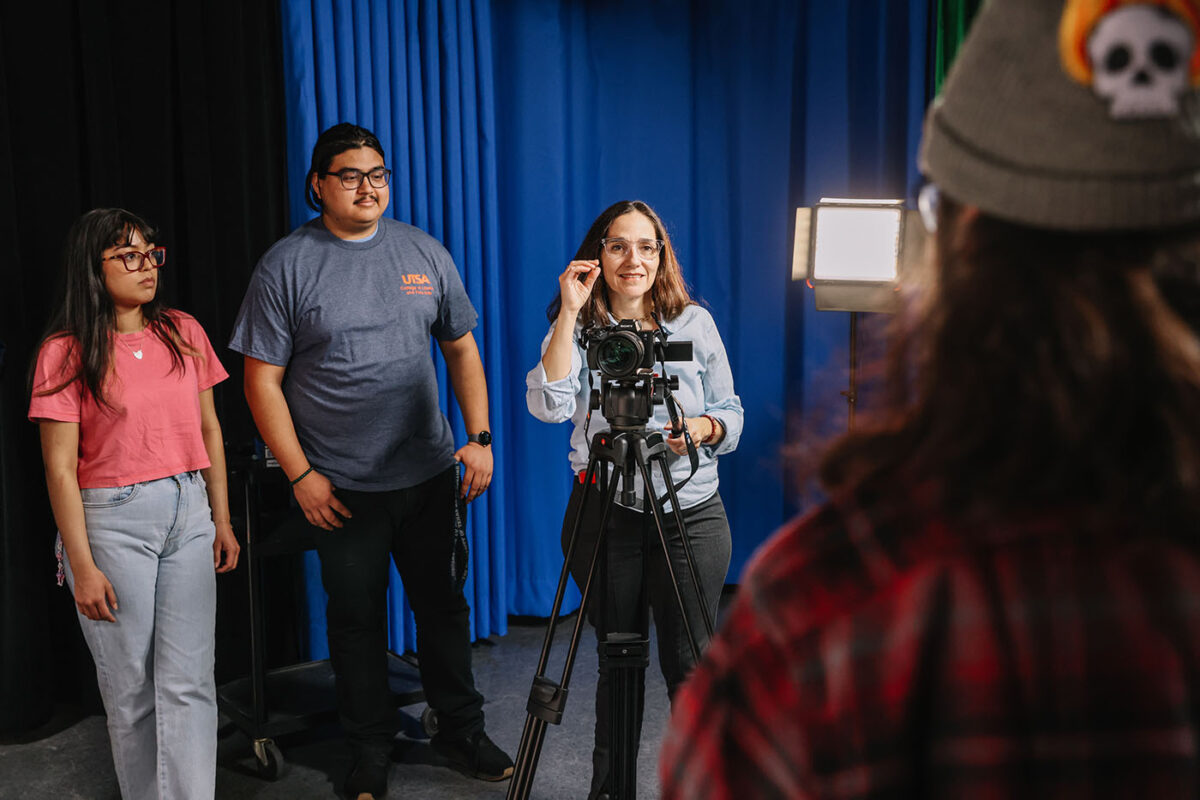
When UTSA launched the Film and Media Studies bachelor’s degree in Multidisciplinary Studies a year ago, it marked the first time that students could earn a film degree at a four-year public university in San Antonio or, more broadly, in South Texas. In the fall of 2024, the degree program will move to its new home in the UTSA College of Liberal and Fine Arts (COLFA), where it will become a key foundational piece to the university’s new Interdisciplinary School of Engagement (ISE).
According to Kelly, the ISE will be a space where humanities and social sciences programs can come together to tackle robust issues. This collaborative incubator will not only open UTSA’s students in those programs to more experiential learning opportunities, but will give them the kind of wide-ranging education that will make them well-rounded and successful in their career endeavors.
“You can put a philosopher, an economist and a political scientist in a room, but they’ll all talk past each other,” Kelly explains. “From Washington D.C. to San Antonio, we need people who are well-versed in a variety of areas.”
The ISE has eyes toward broadening its scope, but is starting this fall with four programs under its purview: Film and Media Studies, Medical Humanities, Latin American Studies (minor) and Museum Studies (minor). Though these areas of study may not immediately appear to be complementary, Kelly points out the benefits of fostering collaboration between them.
“What happens if we can put programs together at logical intersections? For example, if you put together Latin American Studies, Museum Studies and Medical Humanities with Film and Media, you can create a class about the digital curation of Latin American health disparities,” Kelly explains. “Now you’re utilizing the full faculty and you’ll see increased engagement and research productivity because these pods of people will be inspiring new ideas.”
An early partnership between UTSA’s Film and Media Studies and Medical Humanities programs has already produced positive results. In the spring of 2023, Zabala Suarez’s arrival coincided with the launch of a new Film and Medicine course at the university. Under her instruction, students from both programs joined together to film short documentaries exploring medical practices, ethics and public health issues. From food deserts and medical gaslighting to obesity and alternative medicine, the students researched these topics, interviewed subject experts and worked with different organizations to produce their short films.
“It’s important for young filmmakers and media creators to start being aware that where you point that lens can be very powerful,” says Zabala Suarez, an Argentina native whose documentary “Las Artivistas” won the Premio Mesquite award for best short documentary at the 2022 CineFestival.
The course, which has now been offered for two semesters, has been so well-received that a Media and Medicine minor was launched this fall at UTSA. Both Kelly and Ardoin can envision the widespread effectiveness of this collaboration going forward. Vitally, Media and Medicine coursework can complement what students are learning in UTSA’s health communication classes.
“One of the main obstacles in public health is communicating things in compelling ways — and now we have a whole group of students who can do that,” Ardoin says. “They’re working on major projects that have been submitted to festivals and been exhibited on campus and off. It’s a different level of engagement.”
Last fall, the films created in the course were part of a public screening held at the UTSA Main Campus to raise awareness of public health concerns in San Antonio. The event brought out some notable figures in the city’s film community, such as San Antonio Film Commissioner Kimberly LeBlanc and University of the Incarnate Word professor Theresa Coronado, as well as Rhonda BeLue, the Lutcher Brown Endowed Distinguished Professor in the UTSA Department of Public Health, and Cindy Ermus, professor and director of UTSA Medical Humanities. San Antonio Metro Health participated as well, showing the short film “300 Years of San Antonio Health.”
The screening provided fertile ground for some fantastic conversations. Networking at that screening even helped one UTSA student land a job with Metro Health. Ardoin says that this specialized course, powered by UTSA’s vision to cultivate shared engagement between its programs and the community, is already opening up new opportunities for film and medical humanities students.
“From a career perspective,” Ardoin says, “these students now have a path toward working for the city with Metro Health. They have a path toward marketing at San Antonio’s hospitals. They have a path toward nonprofits grappling with public health issues. They have a path into independent documentary filmmaking tackling contemporary medical concerns.”
LeBlanc said she was impressed by both the quality of the student films and the focused passion of the faculty and students.
“That showcase was a really good example of the kind of collaboration that the UTSA Film and Media program has fostered and the broad application of the skills the students are developing,” LeBlanc says. “It wasn’t just an event taking place in the ‘film silo.’ It was so much more.”
“So much more” is a phrase heard often around the young film program. It’s what LeBlanc and many others in the region are coming to expect from UTSA’s film and media graduates in the coming years. But it’s also how several students are describing what UTSA has given them while reflecting on their expectations.
THIS WASN'T WHAT I EXPECTED YOUR TYPICAL CLASS ON MY BINGO CARD
How UTSA is connecting students to incredible professional opportunities
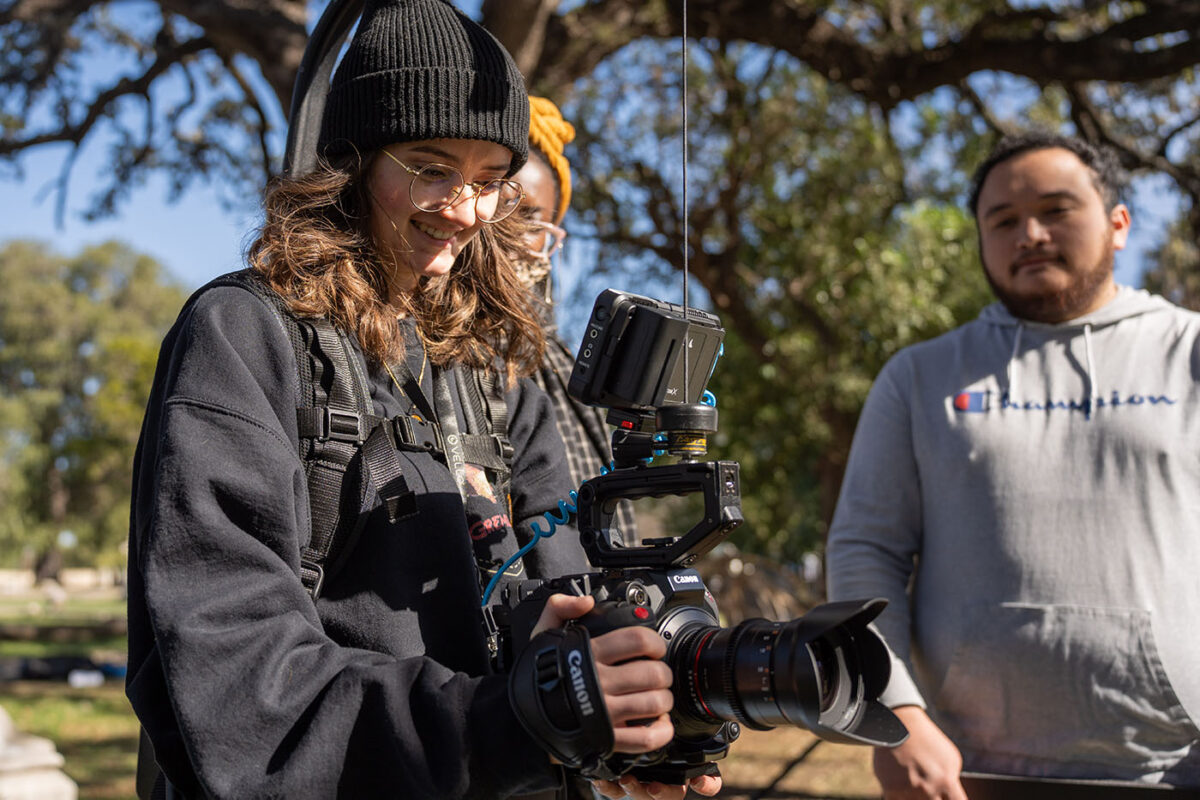
Nicolas Rodriguez ’23 could probably recite verbatim the spiel about “Miss Congeniality” those perky hosts give tourists on the San Antonio River barges. The city has a long, vast history in cinema, but for most folks outside the 210, it ends with “Miss Congeniality” and begins with Pee-wee Herman asking where he can find the Alamo basement. Rodriguez, a Brackenridge High School graduate who earned his associate’s degree at San Antonio College before attending UTSA, desperately wants that image to evolve. That’s why the university’s concerted effort to build a film program the right way is deeply meaningful to him.
“I’ve grown up here my entire life and I’ve always seen San Antonio get skipped for most things involving film, media and storytelling. But this place has always been so beautiful to me. There are so many stories to be told,” says Rodriguez, who earned his bachelor’s degree in the fall of 2023 and was hired as the associate video producer for the City of San Antonio this summer. “So, it’s refreshing to see how many filmmakers and companies are reaching out to us, listening to us and are willing to take a chance on some of these students.”
On a January morning in one of the city’s historic cemeteries, he found himself face to face with one of those notable people willing to take a chance on UTSA’s film students as he directed veteran San Antonio actor Jesse Borrego through a scene in between the rows of centuries-old tombstones. Borrego is widely respected for his work in the films “Blood In Blood Out” and “Mi Vida Loca,” as well as the TV shows “Fame,” “24,” “Dexter” and “Fear the Walking Dead,” but for 48 hours, the seasoned performer offered his talent and wisdom to Rodriguez and a handful of other student directors.
Borrego is one of several film professionals who participated in the UTSA Directors Workshop, a three-day event where students from UTSA, the University of the Incarnate Word, San Antonio College, Northwest Vista College and SAY Sí learned firsthand about the production process while creating a short film called “The Compass.” After a day of master classes with mentors like Borrego; longtime director Jim Mendiola, writer and short filmmaker Tiana Marenah, cinematographer and new UTSA professor Anna Stypko, and professors Guillermina Zabala Suarez and Ernest Hernandez, the students broke off into groups of 10, working side-by-side with the pros for two days to create their portions of the movie at filming locations across the city.
WATCH THE STUDENT FILM: “The Compass”
All of the mentors share a passion for cultivating higher education film opportunities for students in San Antonio. Borrego and his brother James, who earned a master’s degree at UTSA in 2016, have been hard at work lifting the radio, television and film program at San Antonio College in recent years. They view UTSA’s growing Film and Media program as a highly vital piece of an ecosystem developing film and entertainment leaders in South Texas. Now that UTSA is working in tandem with local high schools and community colleges, more pathways now exist for San Antonio film students to earn a four-year degree and succeed in the industry.
“What I saw on those three days was the potential for all of the projects that I want to make for the next 10 years,” Borrego says.
The Directors Workshop was the latest in a series of events held by the UTSA Film and Media program connecting local students with notable names. In March 2023, UTSA hosted the Screenwriters Spring Break in which students learned from four Hollywood writers before participating in simulated “writer’s rooms” where they brainstormed show ideas, outlined a pilot episode and pitched it to the mentors.
That group of mentors included Emmy-nominated writer and producer John Herrera of “The Handmaid’s Tale” (an assistant professor of practice who also taught courses on screenwriting at UTSA); Nina Fiore, writer and producer for “Vampire Diaries” and “Nancy Drew and the Hidden Staircase;” and writers Jorge Ramirez-Martinez and Raymond Arturo Perez, best known for their work on Netflix’s “Selena: The Series.”
Many students and alumni have glowingly talked about how workshops like these have given them the kind of valuable hands-on experience that has enhanced their professional prospects. One of them is Wyatt Frantz ’23, who graduated in December. He said that excelling in true-to-life settings like the Screenwriters Spring Break gave him the motivation to keep pushing for high-profile opportunities. He has since participated in internships for the Santa Barbara Film Festival and the Austin Film Society, as well as interning as a production assistant for Fox SA, where he’s contributed to lifestyle shows like “San Antonio Living” and “Daytime.”
“I’ve been so impressed, especially considering it’s a very new program,” Frantz says. “I never expected to be connected with so much. UTSA has given me a surprising amount of support and resources.”
UTSA’s vast resources have not only helped him advance as a young professional, but thrive as a visionary. Frantz recently co-directed a short opera film titled “Soul of Word.” The emotionally moving 10-minute movie features chamber opera students from UTSA’s School of Music as the main characters in a series of intertwining tales that explore the importance of language and its effects on human connection. “Soul of Word” is the culmination of the Opera on Film course led by Zabala Suarez and Jourdan Laine Howell, associate professor of instruction, voice and lyric theatre at UTSA.
“It really tested our creative strengths,” Frantz says. Rodriguez also worked on “Soul of Word” as an assistant director and said that more than any other project at UTSA, he felt it aligned with the experiences on a major film production.
WATCH THE STUDENT FILM: “Soul of Word”
“Soul of Word” won a Remi Award at the WorldFest Houston International Film Festival earlier this year and was one of four UTSA student films selected to be screened at San Antonio’s 45th annual CineFestival in July, along with “The Compass,” the haunting friendship tale “Smoke Signals” and the side-splitting meta horror comedy “The Cutting Room Floor.”
“This wasn’t on my bingo card,” Rodriguez says with a chuckle. “I never came to UTSA expecting to film a full musical. This is a genre we probably wouldn’t have touched if it weren’t for this experience, but now we have that expertise in this form of filmmaking. It was challenging but incredibly rewarding.”
Another promising student filmmaker, Ireland Robinson, has discovered her own rewarding experience at UTSA. In the spring, she wrapped up the brilliantly eccentric slice-of-life comedy “Ladies Love Salads,” which is currently seeking funding for a major festival run. She also directed a documentary about the university’s On-Corps Veterans Band. Through interviews and performances, she’s sharing the stories of these veterans, the challenges they’ve faced and how the band has provided them with a haven for peer support and artistic expression.
She says that UTSA has encouraged her to contribute to films where she can branch out into a variety of subjects and establish lasting human connections.
“I think that’s what sets us apart,” she says. “If you’re just studying film, you’re not going to get much out of it.”
More than anything, UTSA’s Film and Media students have marveled at the program’s culture. You’ll find driven students at just about any film school in the nation, but at UTSA, they’re channeling that drive into collaboration rather than competition. LeBlanc, too, notes that UTSA’s momentum in film and media has been remarkable, and the students have just as much ownership over those strides as the university and its faculty.
“The incredible opportunity about being a part of a program that’s new and growing is that these students at UTSA get to have a hand in shaping it,” LeBlanc says. “I think they know that and they’re building the kind of program they want to see.”
WATCH THE STUDENT FILM: “The Cutting Room Floor”
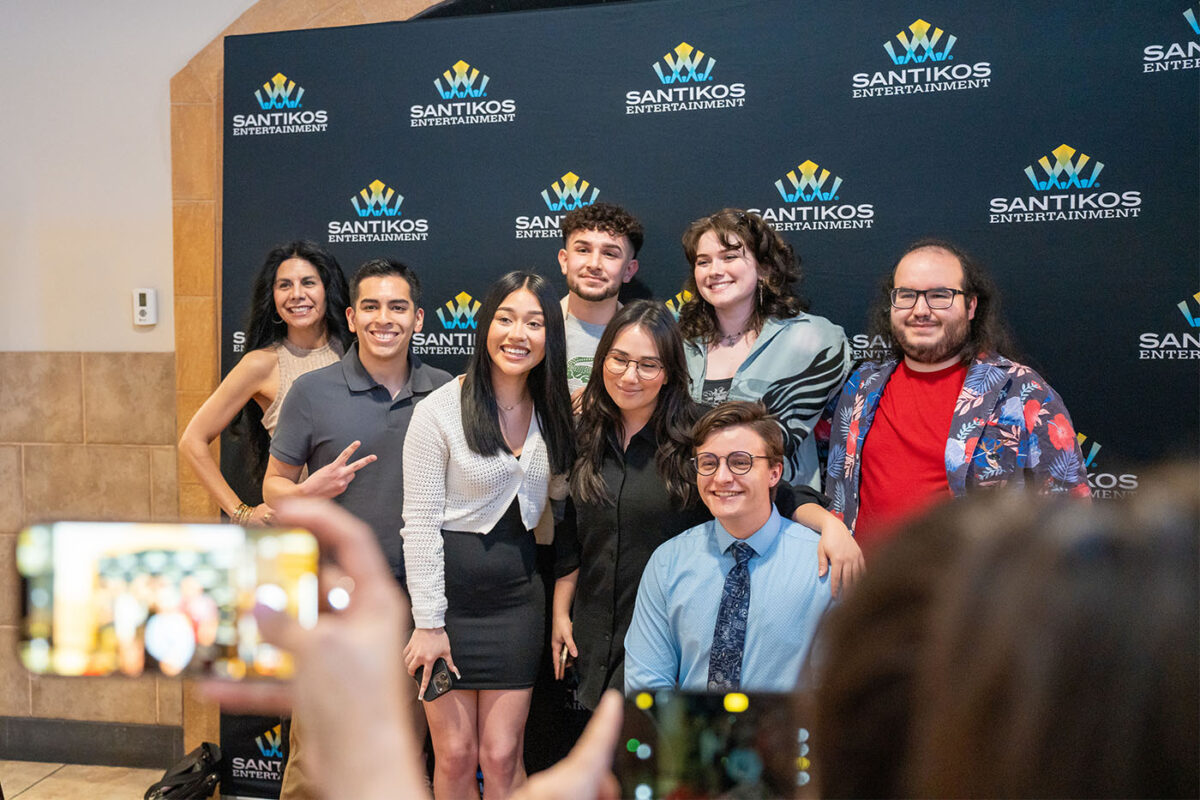
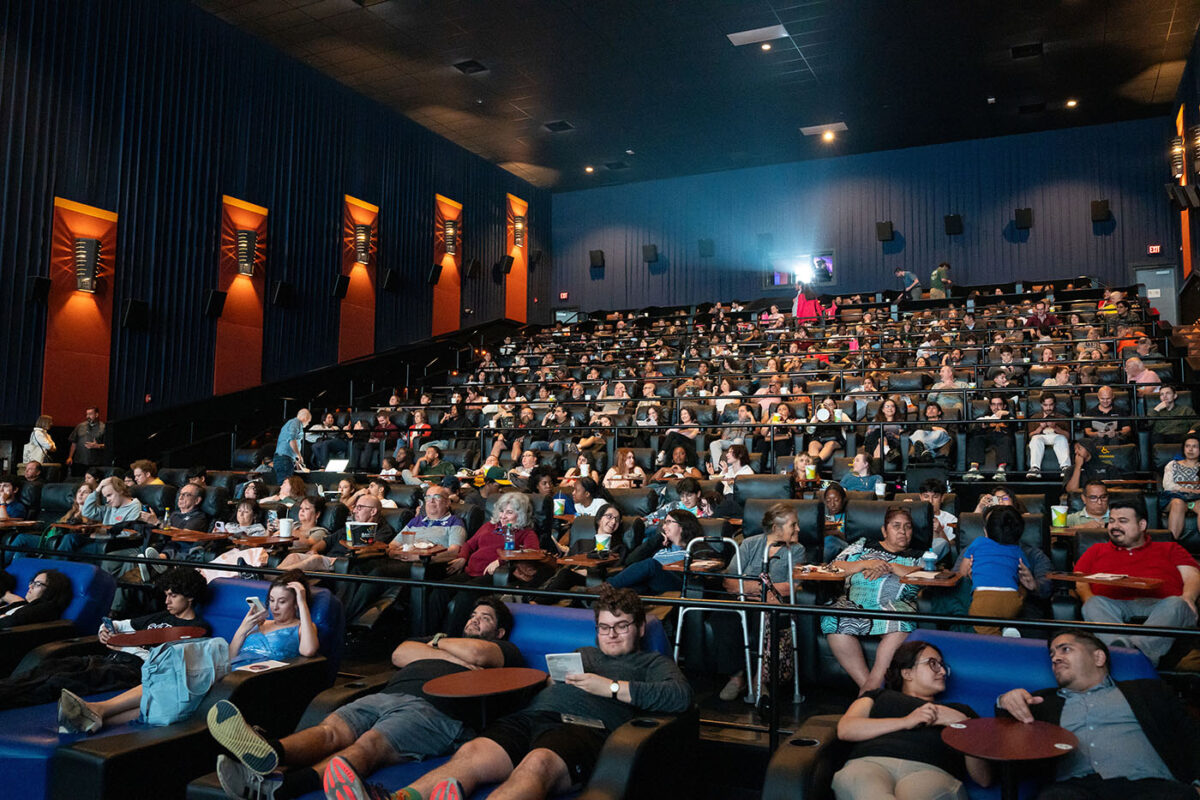
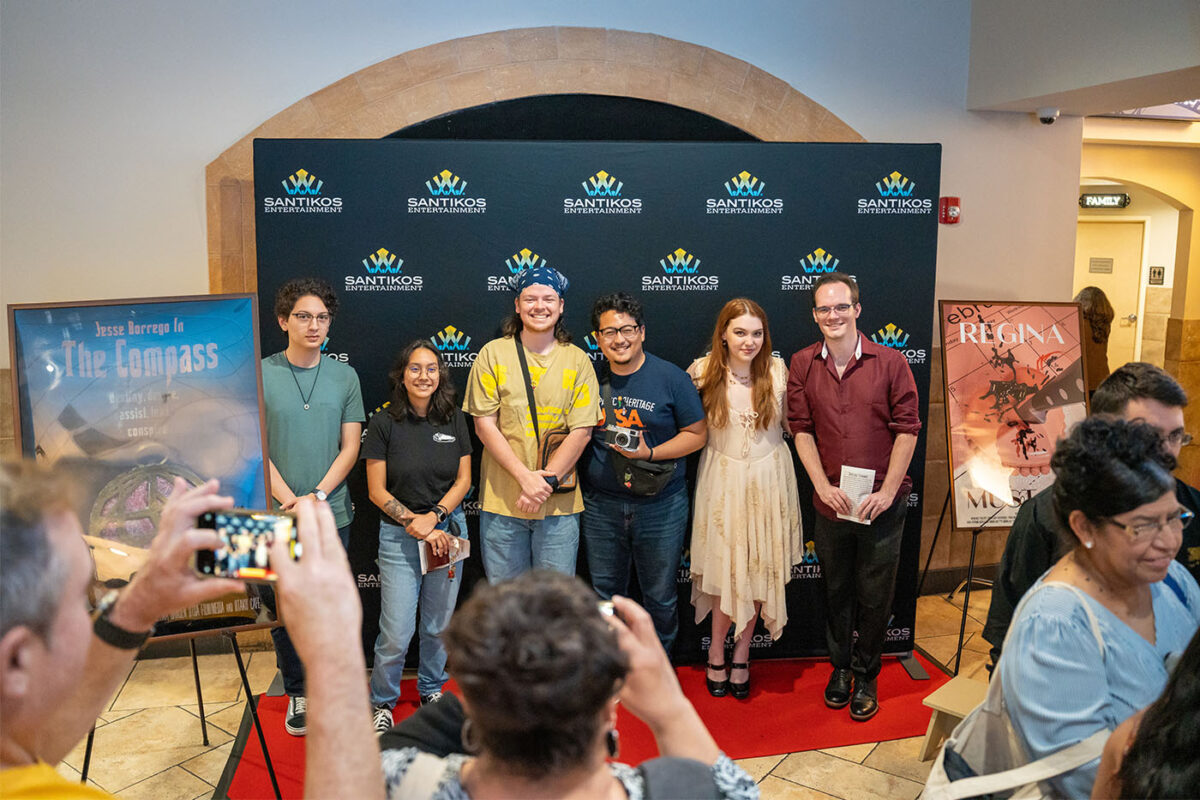
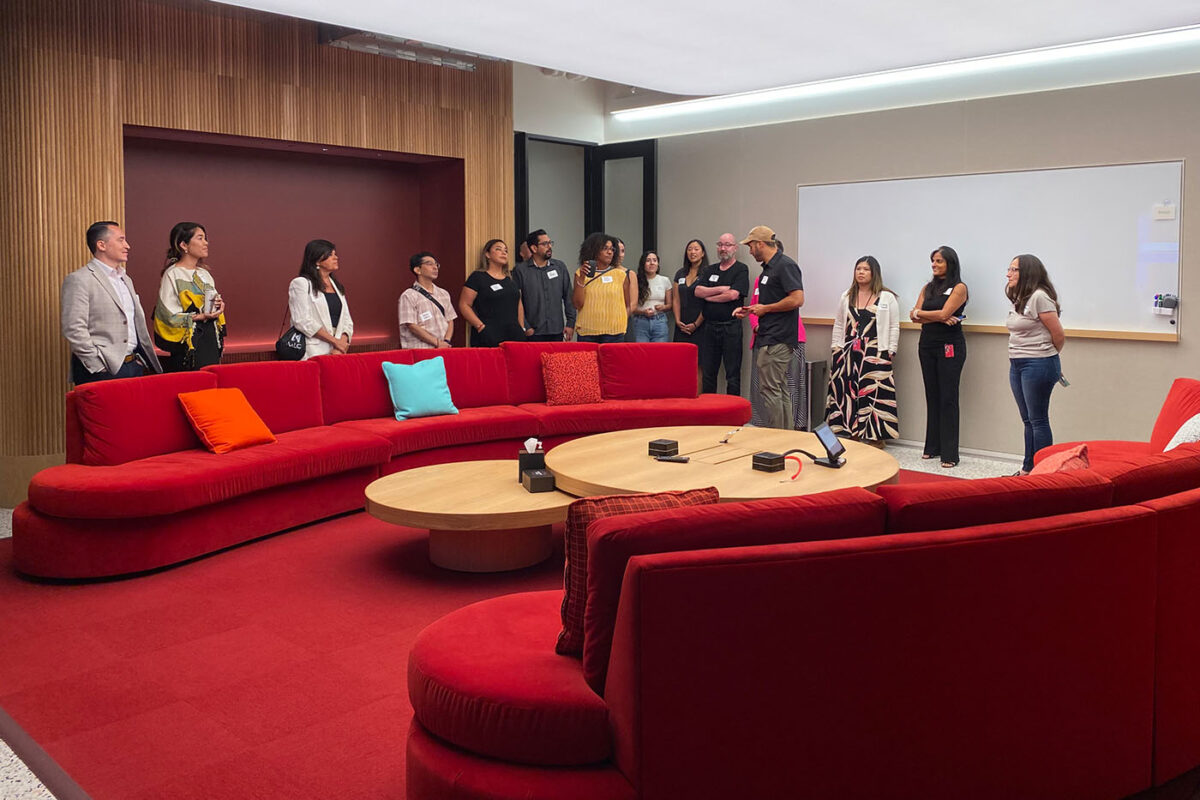
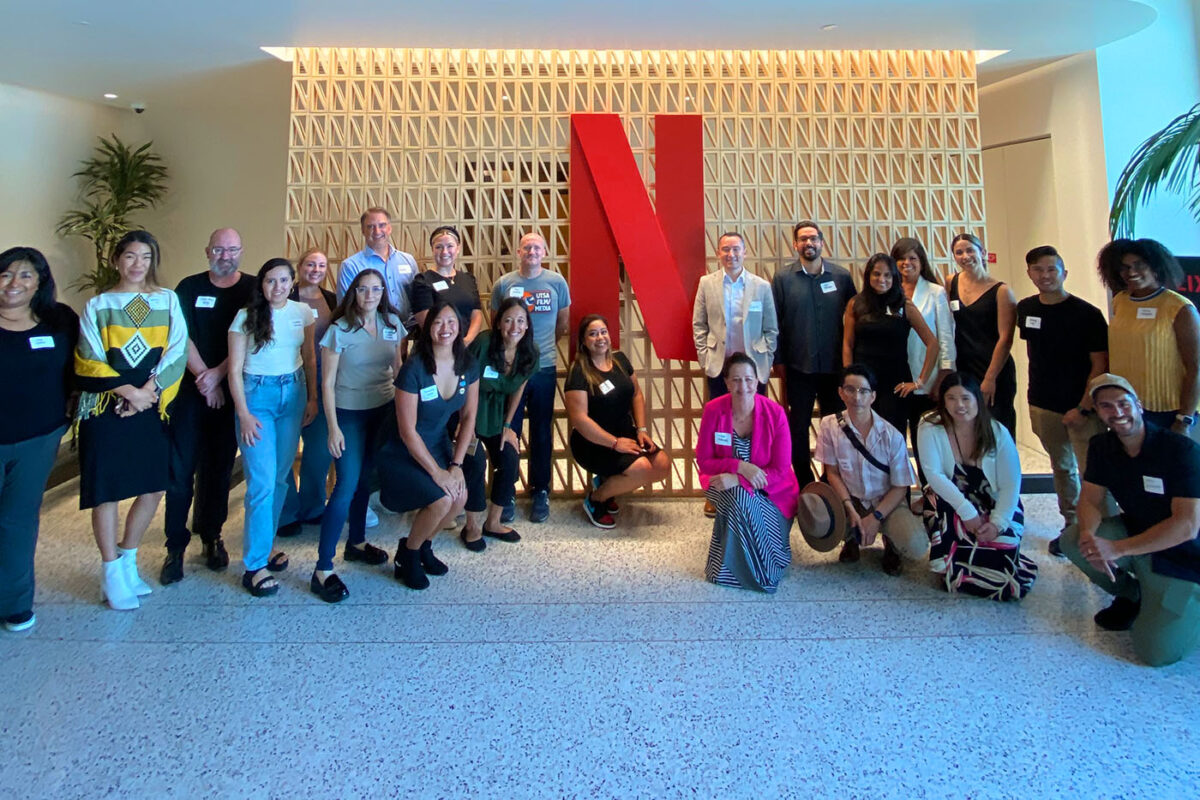
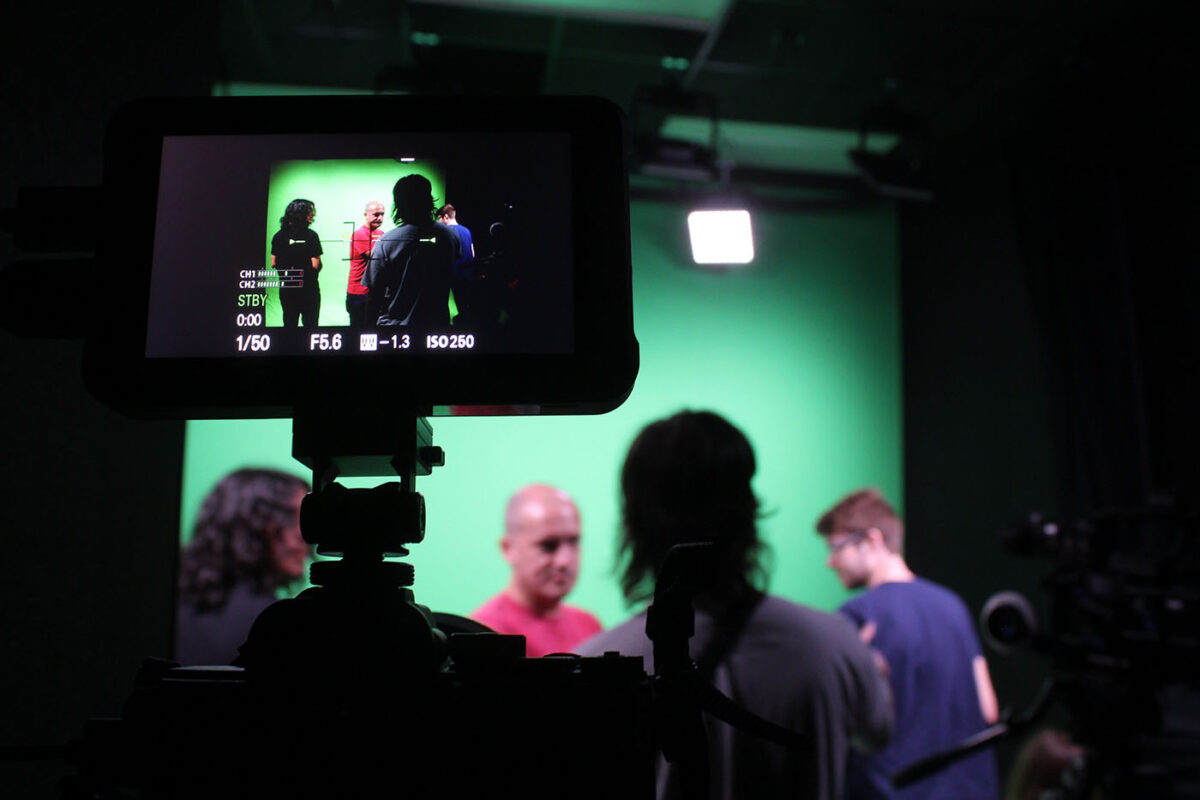

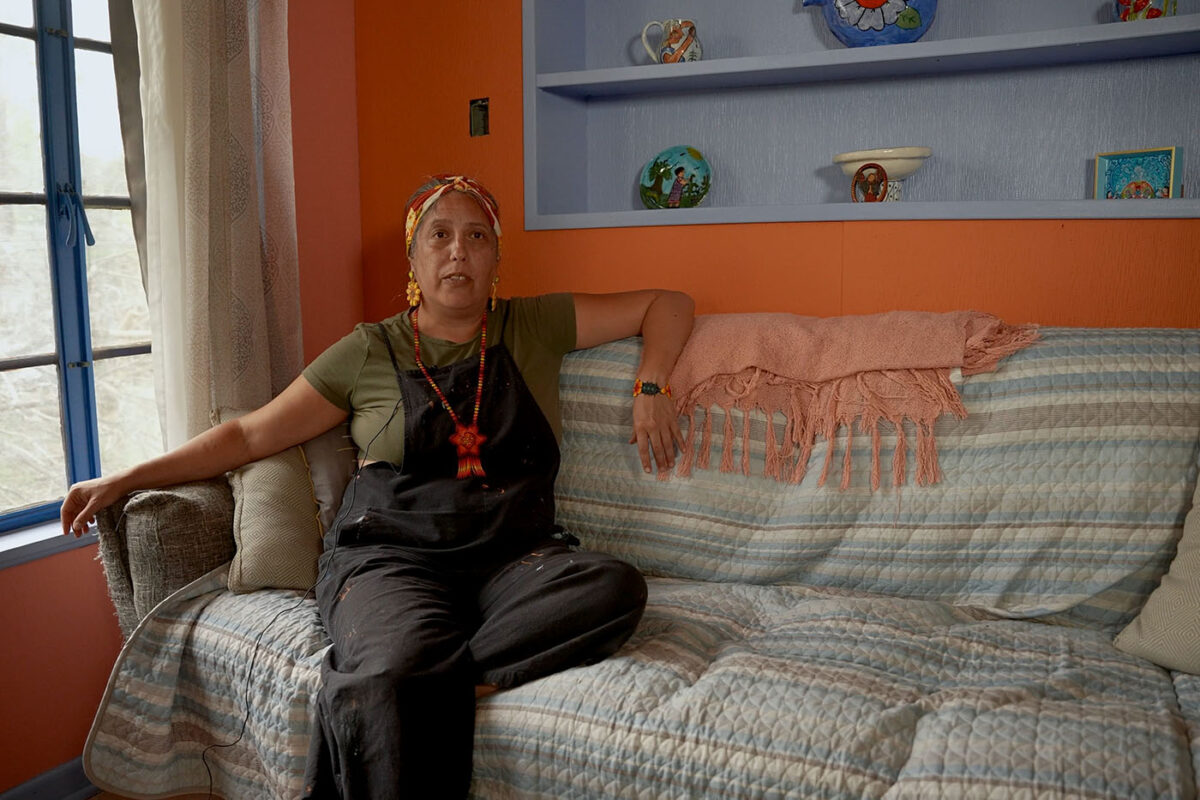

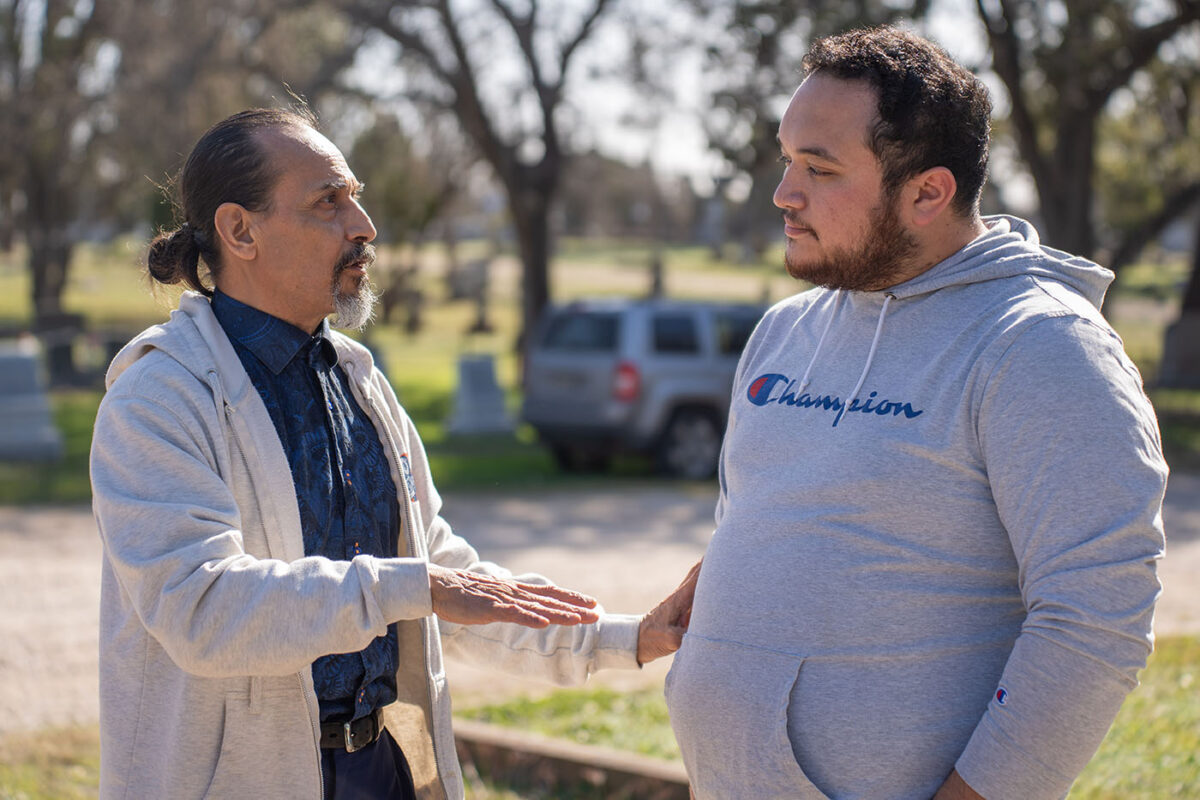
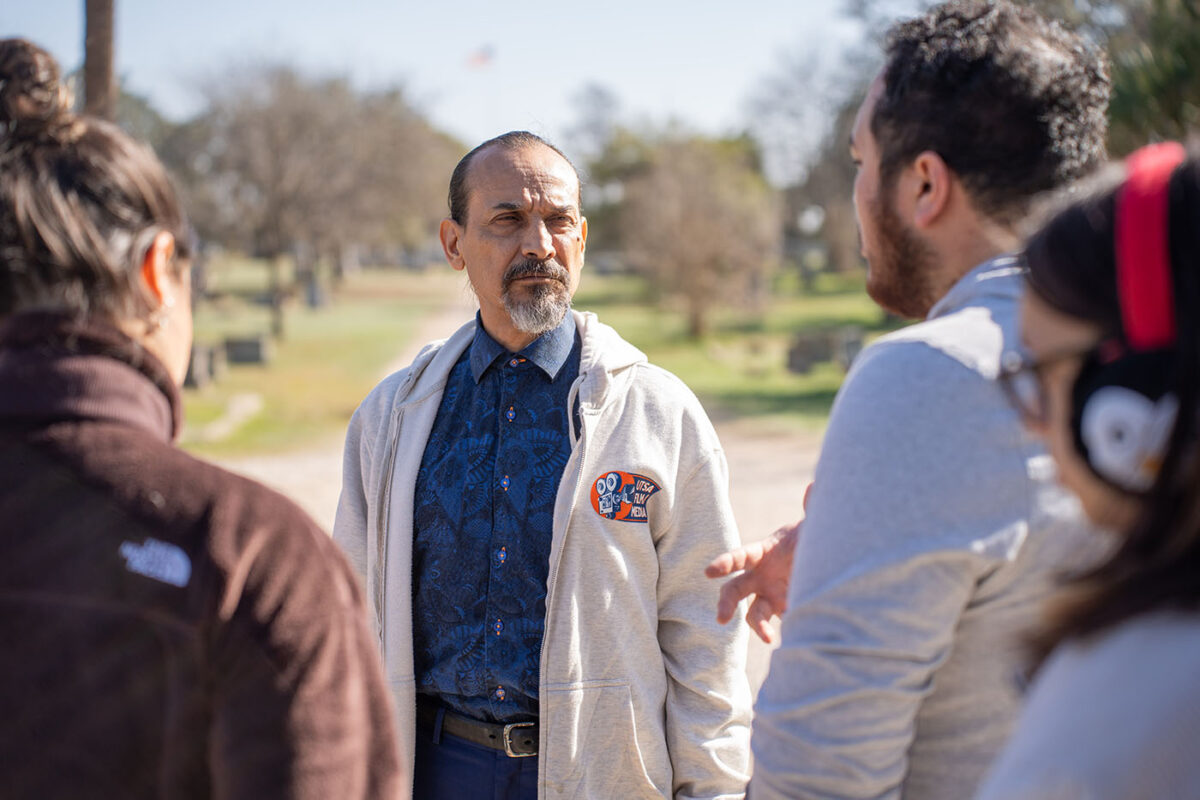
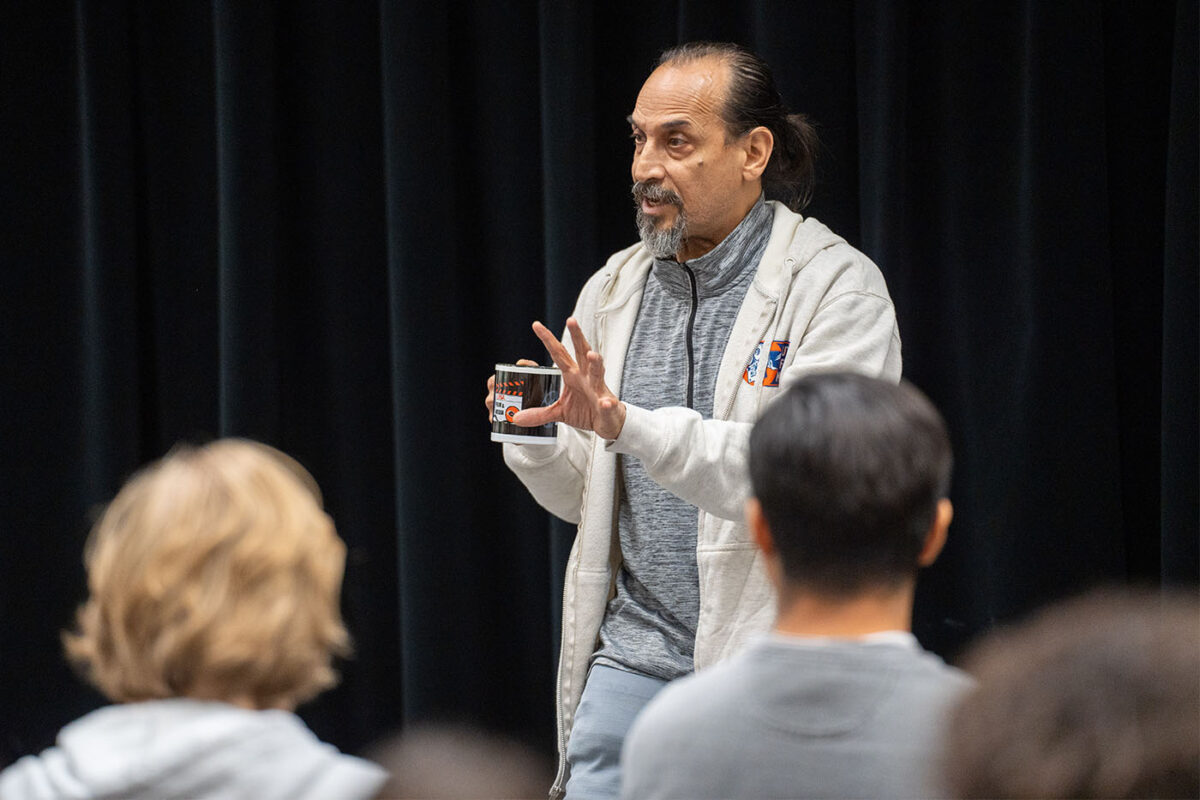
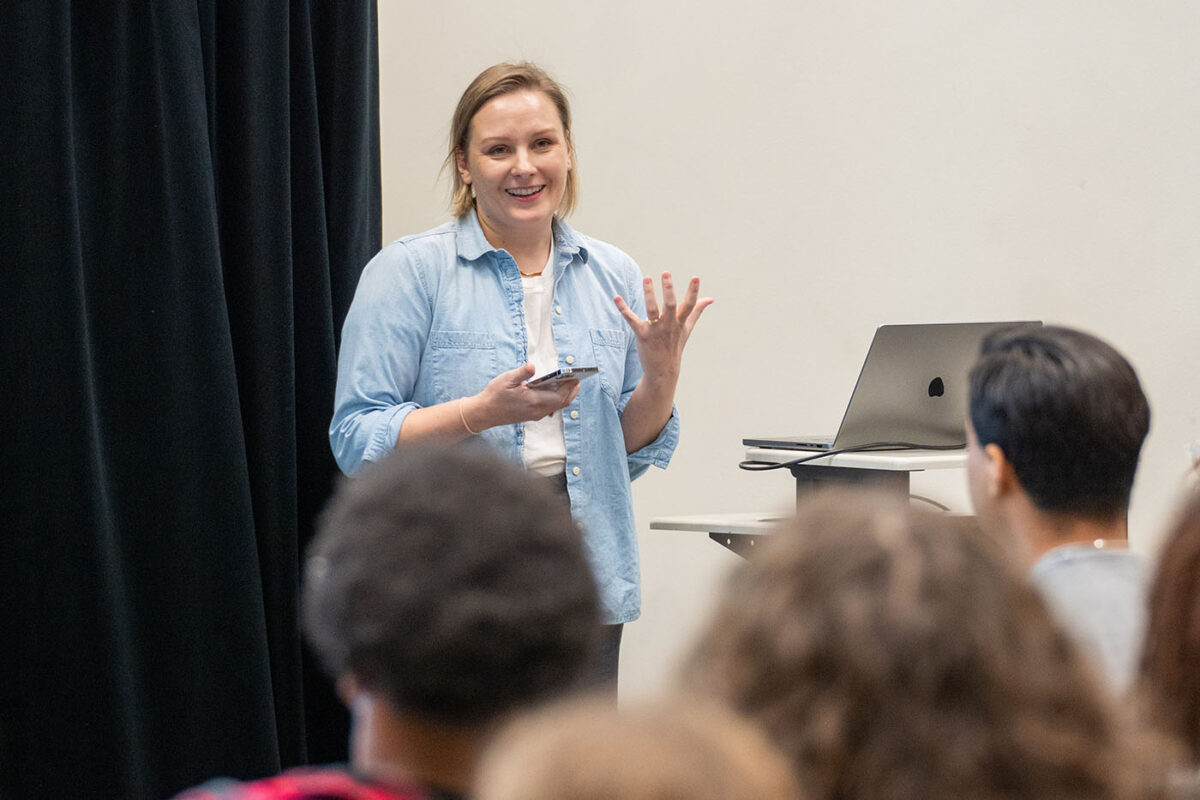
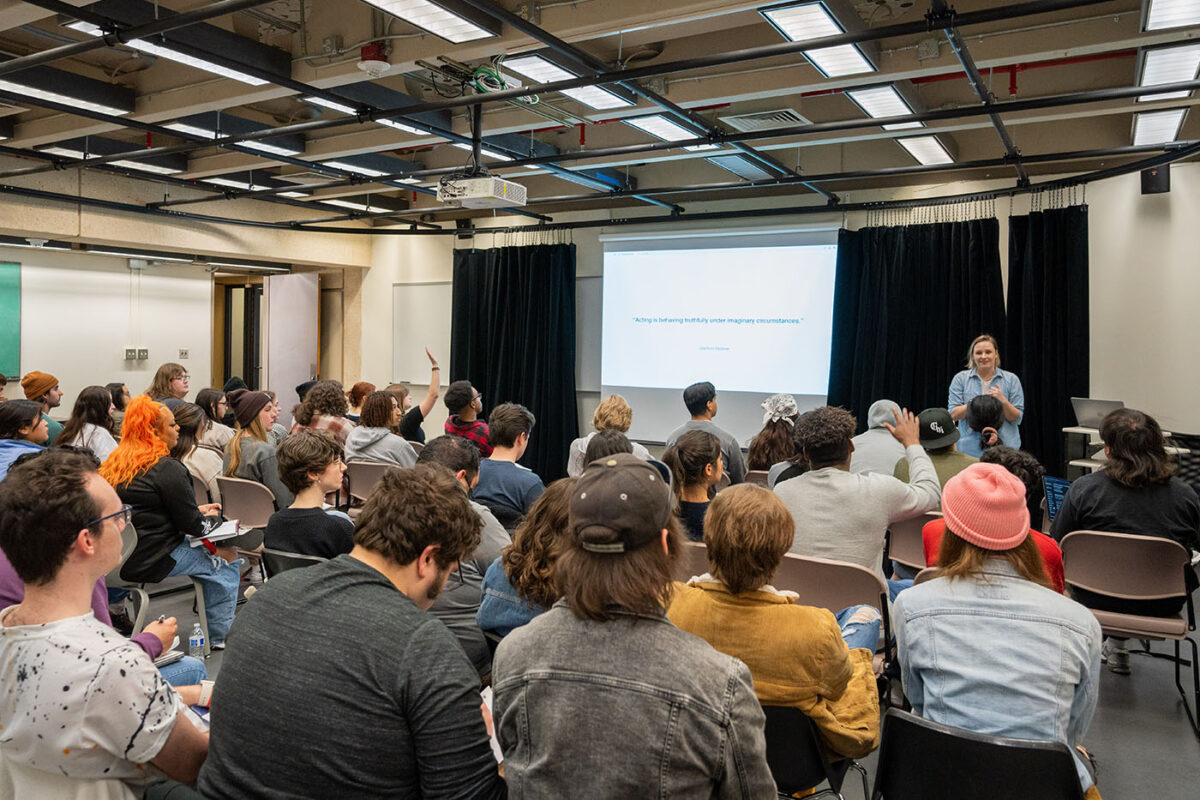
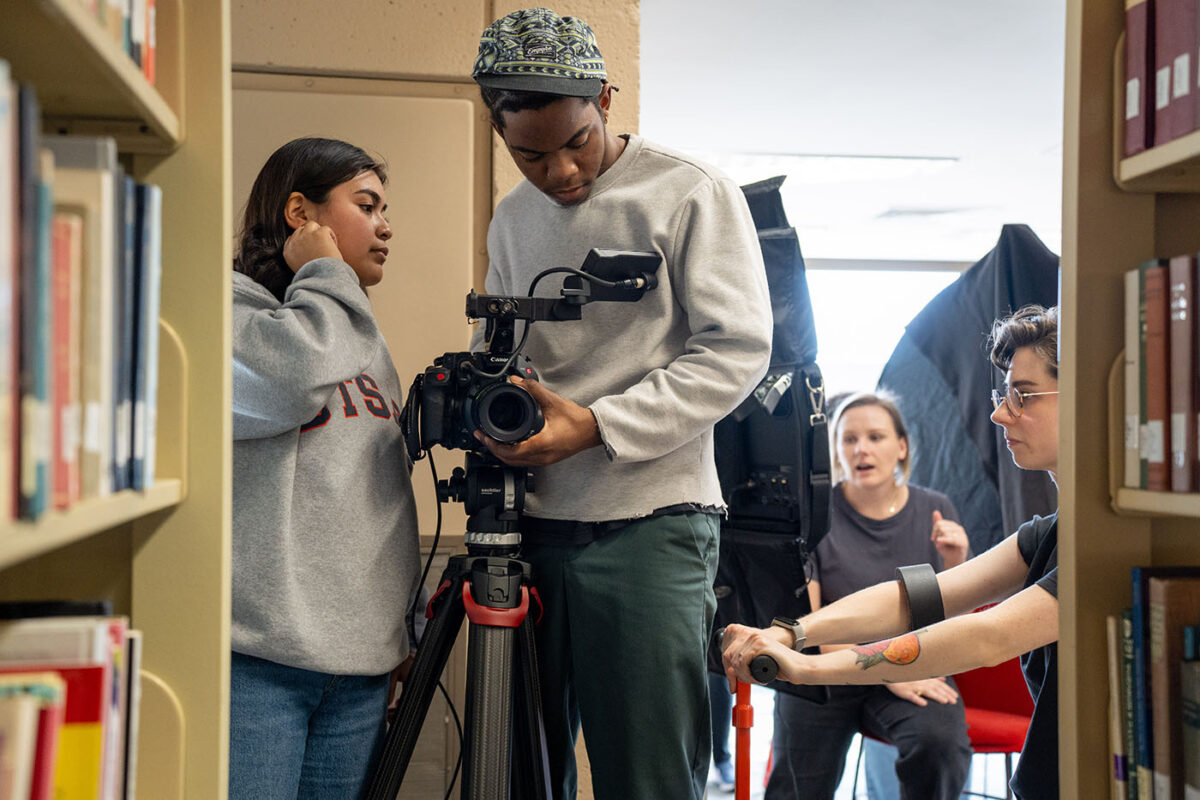
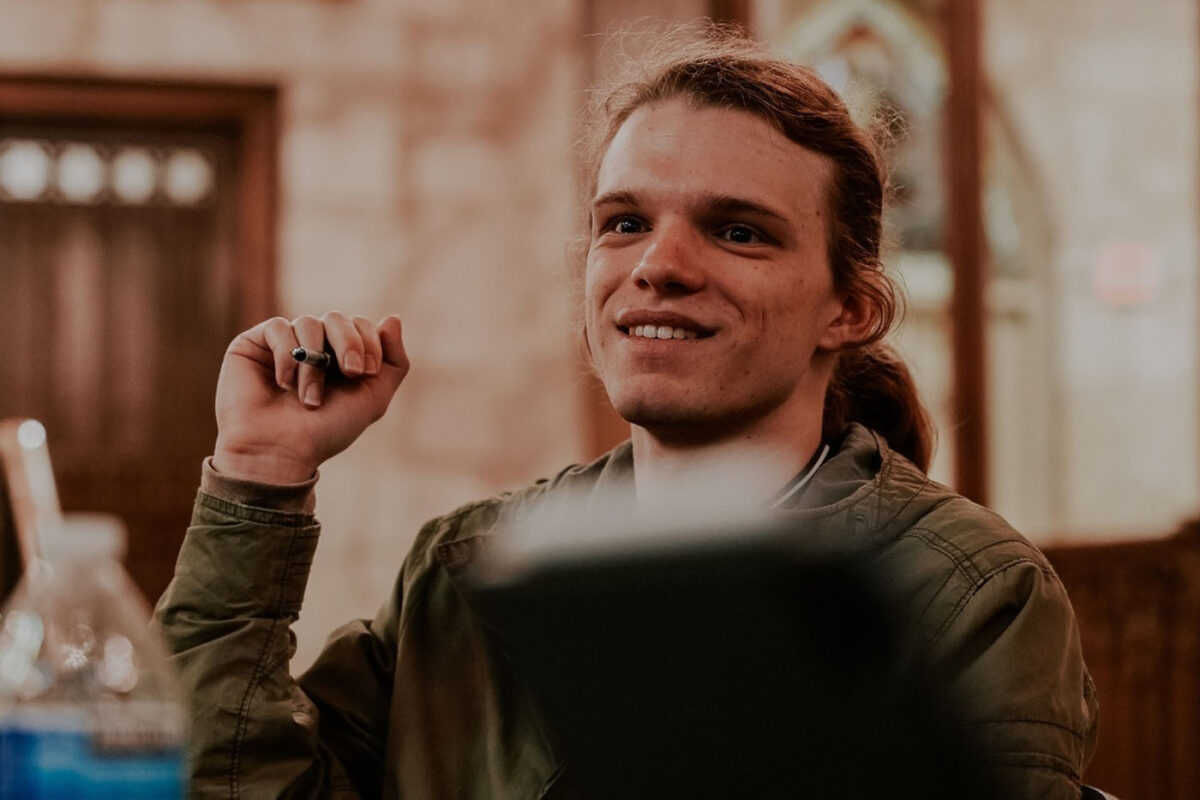
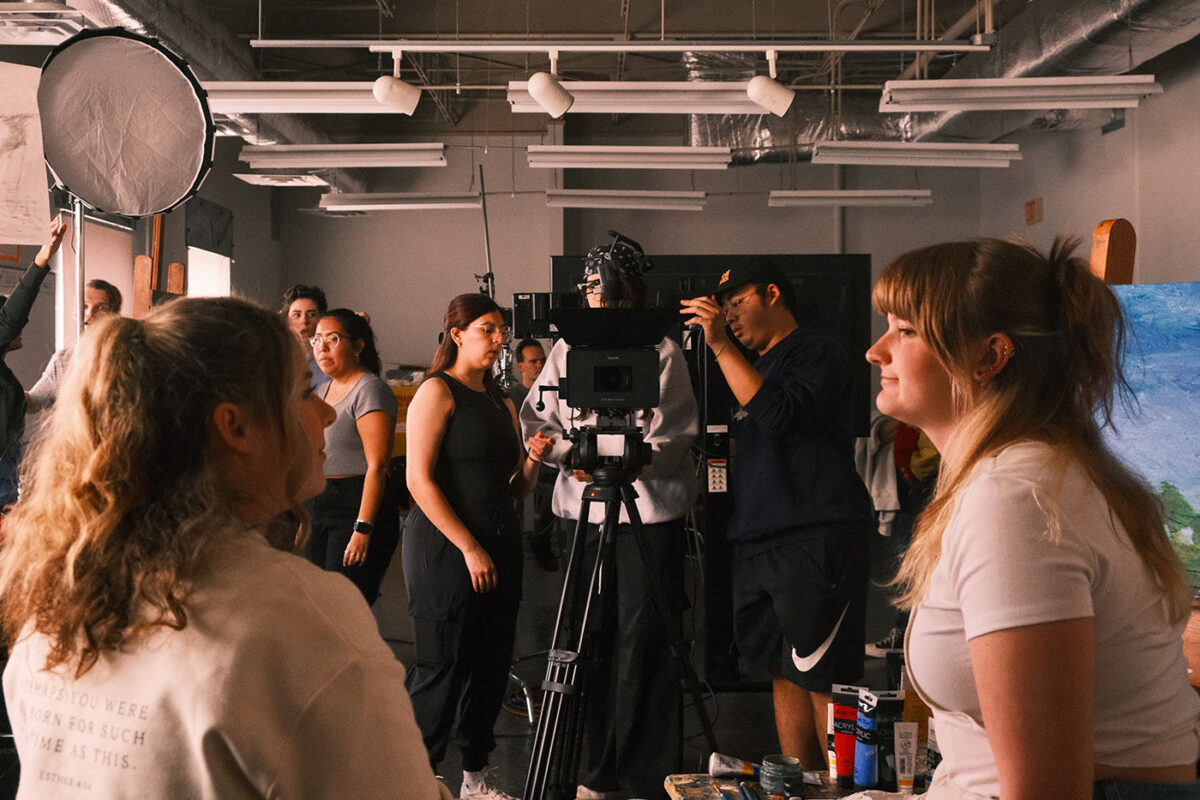
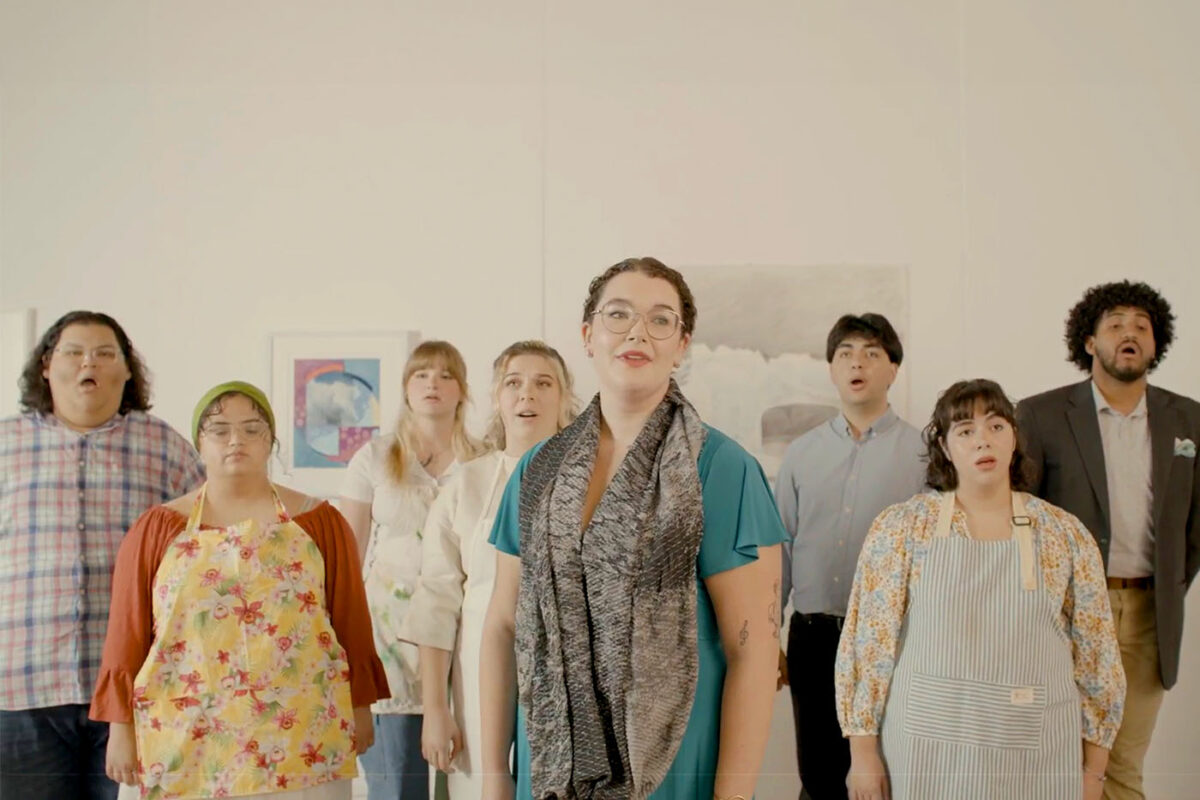


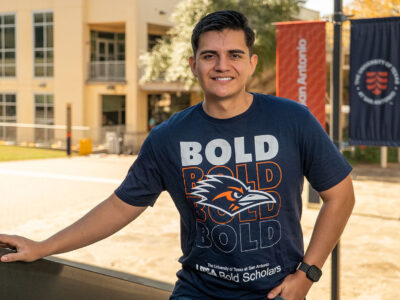
No comment yet, add your voice below!